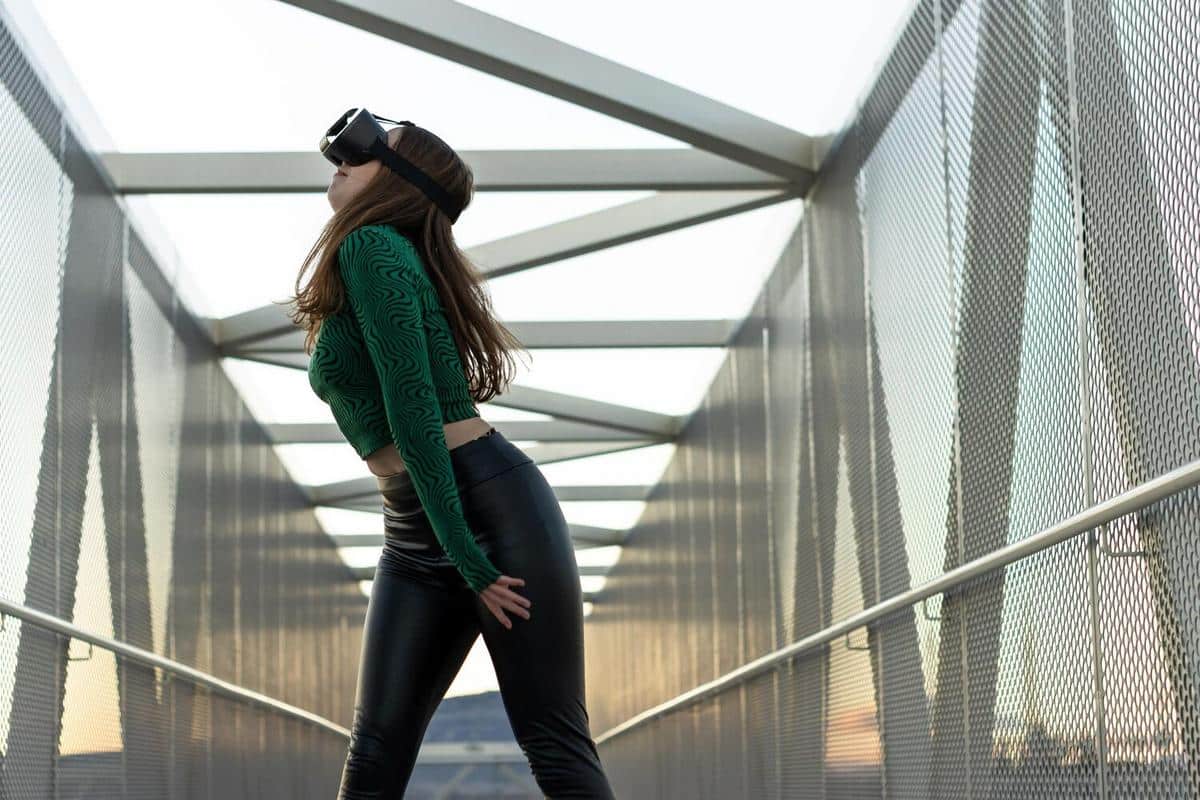
The Role of Augmented Reality in Enhancing Shopping Experiences
The fusion of fashion and technology is transforming the way we shop, bringing futuristic experiences to our fingertips. Among the cutting-edge innovations, augmented reality (AR) stands out, reshaping traditional shopping by offering immersive and interactive experiences.
Augmented reality is revolutionizing the fashion industry by bridging the gap between physical and digital shopping experiences. By overlaying virtual elements in the real world, AR allows shoppers to visualize products in a more realistic context before making a purchase.
How Augmented Reality Enhances Shopping
One of the significant advantages of AR in shopping is its ability to provide a virtual try-on experience. This technology enables customers to see how clothes, accessories, or makeup look in real-time, without needing to be physically present in a store. According to a study by Research and Markets, the AR market in retail could reach $7.95 billion by 2023, highlighting its growing significance.
Expert Insights on AR in Fashion
Fashion technology expert, Jennifer Smith, notes, “AR is not just a trend but a powerful tool that enhances customer engagement and satisfaction. It helps in reducing return rates by allowing customers to make more informed decisions.”
Real-World Examples of AR in Shopping
Consider the case of online shoe retailers using AR apps to let customers virtually try on shoes. This not only offers convenience but also boosts confidence in online purchases.
Actionable Tips for Retailers
- Integrate AR into your mobile apps to enhance user experience.
- Use AR to create virtual fitting rooms, reducing the need for physical trials.
- Leverage AR for interactive product displays in physical stores.
Pro Tip: Start small by integrating AR in a specific product line to test its effectiveness before a full-scale implementation.
Table: AR Features vs. Traditional Shopping
| Feature | AR Shopping | Traditional Shopping |
|---|---|---|
| Try-On | Virtual and instant | Physical and time-consuming |
| Product Visualization | 3D and interactive | 2D and static |
| Convenience | Anywhere, anytime | Limited to store hours |
| Engagement | High with interactive elements | Moderate with static displays |
| Return Rates | Lower due to informed decisions | Higher due to guesswork |
| Customer Experience | Personalized | Generic |
| Cost Efficiency | Long-term savings | Higher due to physical trials |
| Accessibility | Global | Localized |
FAQs: Augmented Reality in Shopping
What is augmented reality?
Augmented reality is a technology that overlays digital information on the real world, enhancing user experience through interactive elements.
How does AR benefit online shopping?
AR allows customers to visualize products virtually, reducing uncertainty and improving shopping confidence.
Is AR technology expensive for retailers?
While initial setup can be costly, the long-term benefits in customer satisfaction and reduced returns can offset these expenses.
Can AR be used in physical stores?
Yes, AR can enhance in-store experiences by providing interactive product displays and virtual try-on stations.
Conclusion
Augmented reality is redefining the shopping experience by offering innovative solutions that enhance convenience and customer satisfaction. As the technology continues to evolve, its role in fashion retail is likely to expand, providing even more opportunities for enhanced shopping experiences. Retailers should consider integrating AR to stay competitive and cater to the modern consumer’s demand for immersive experiences.


